
Accelerated, predictable and sustainable revenue growth requires alignment around an architecture for marketing and sales and a commitment from the senior team. Coordination for buyer engagement across the full-funnel is vital. A realistic evaluation of capabilities and alignment on revenue strategies is the first step in building a revenue organization to capture customer value.
A $10M B2B tech company is looking to get to the next level of accelerated, predictable and sustainable revenue growth. The company has been in business for over 10 years, offering a variety of managed services, support services and applications to support IT Infrastructure requirements. They have about 350 active clients that contribute to the companies ARR revenue base. The customer base is loyal with low attrition and there remains good demand for additional services resulting in a continuous pipeline for “up-sell”.
While profitable and successful, revenues are down y/y and comparable industry segment growth rates are between 12% – 15% (CAGR). Too many opportunities with both existing clients and new logos are not being pursued. There are bottlenecks. Most deals are sourced by the CEO and Sales, Marketing and Customer Management, lag behind best practice standards. There is no structured marketing and sales process and the company is finding it challenging to attract and retain good sales people. Recruiting, capacity planning, reporting & monitoring, client onboarding, prioritization, team collaboration are important stall points for growth/scale.
Without the right revenue architecture for sales and marketing – an operating model for growth – that is aligned and agreed to, the company may be unable to reach the next level of sustainable performance. Revenue Architecture alignment is a first step for the senior team to identify the strategies, operating architecture and processes and execution programs they will need t0 better engage their customers and prospects and achieve their revenue mission.
The Revenue Architecture Game Plan
Following a Revenue Architecture Diagnostic assessment, we were able to identify what the company needed to do in order to attack the market and re-ignite the growth engine. The company identified improvement opportunities across marketing and sales. The plan summary included action across each of the 9 dimensions of a Revenue Architecture (summary only here):
Target Segments
- Map who we will engage for ICP, DMU’s and insight data.
- Build white space model for existing accounts
- Segment ideal customer profiles across industries, DMUs and personas
Offerings and Messaging
- Revise company Messaging and redefine the Marketing Mix
- Develop value propositions and business-level positioning and engagement messaging
- Build a new message map for the CxO business hierarchy and identify pain points.
Go-to-Market Model
- Define the access model and marketing mix for new offerings
- Expand channels to market
Leading Brand Presence
- Redefine the brand positioning, logo, and visual design and launch the new website
- Optimize the site for search and conversions.
- Enhance / revitalize collateral and resources
Revenue Technology Stack
- Integrate the sales pipeline process within the CRM system
- Deploy SharpSpring marketing automation and integrate with CRM.
Operating Model
- Adopt sales best practices
- Formalize the sales and marketing process and pipeline structure.
- Consider an inside sales function
Account-based Marketing
- Launch Account Expansion (white space) campaigns, leading with CxO reasons to act
- Plan & execute the new product launch and media plan
- Develop targeted awareness campaigns for new logos
Enhances Consultative Solution Selling
- Exercise structured sales process and a more consultative sales approach
- For new logos, activate competitive replace
- Formalize a sales coaching process
Customer Success
- Develop a customer success function to maintain account health and upsell/cross-sell
- Realign account management focus to new logos and larger strategic deals at existing clients.
Benefits of the Approach
After clarifying the business ambition and identifying specific revenue goals and market positioning ambition, the company was able to objectively assess their capabilities and the potential to achieve their vision. There are a number of ways to do this of course, but the Revenue Architecture framework and the 9-dimensions offer a structured process to accomplish this. The plan was prioritized based on urgency and importance as well as structural synergies.

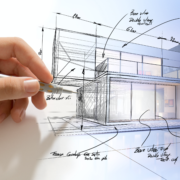

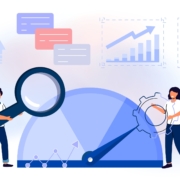
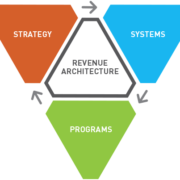
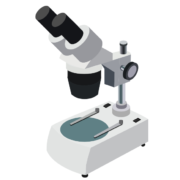
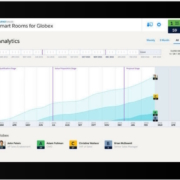


Leave a Reply
Want to join the discussion?Feel free to contribute!